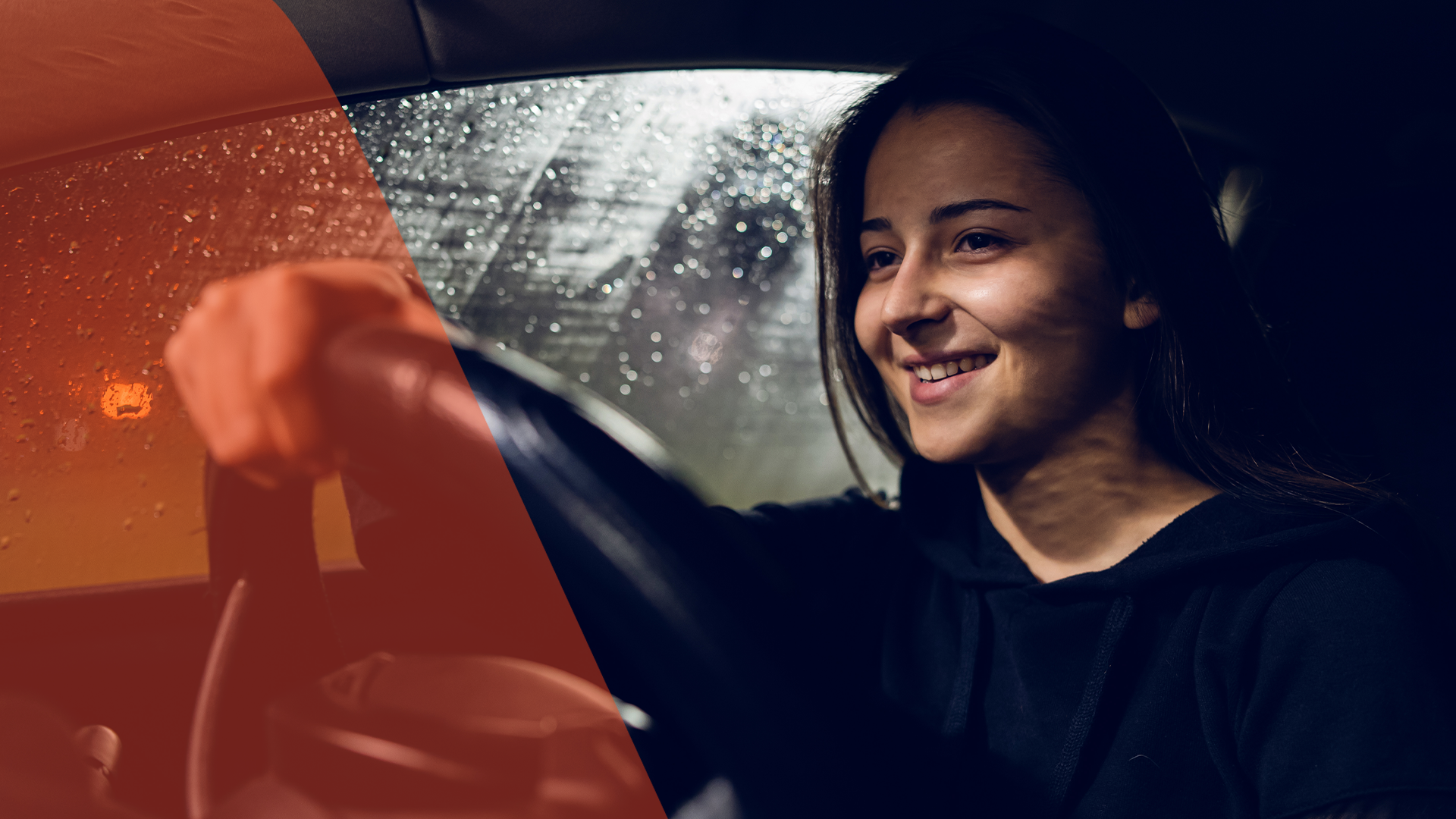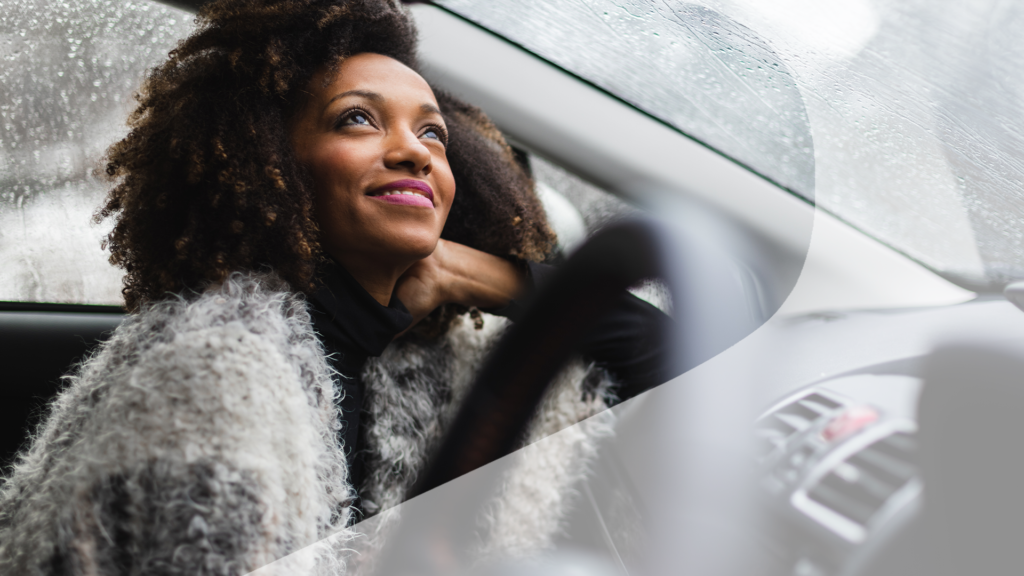Ready to lease your new car?
Browse our range and apply today!

Nobody sets off in their car and hopes to drive through a storm, but in Ireland, severe rain and winds are always a possibility. If you’re driving in winter, you might even deal with snow. Here’s what to know about driving during a storm and how to prepare so you’re safe when bad weather strikes.
Watch the weather
During the darker months of the year, it helps to know what conditions you might be facing before you head out on the road. Check your weather app or catch the local weather on the TV or radio before beginning your journey. It’s important to stay up to date on changing weather and traffic reports so you’ll anticipate and avoid stormy roadways where possible.
Know your weather warnings – Met Éireann have a handy guide on their website to help you understand the colour warning system.
Expect the unexpected
Strong winds may affect control of your vehicle, particularly high-sided vehicles and motorcyclists, so allow extra space on the road. Watch out for loose objects and fallen branches that may have been blown onto the road. Use dipped headlights at all times of poor visibility.
Slow down or seek shelter in storm force winds and rain
High winds or damaging gusts can make driving a car unnerving. If you feel crosswinds on your vehicle or have reduced visibility, it can be best to try seeking some shelter for you and your vehicle. This is easier said than done if you are on a three-lane motorway and need to navigate across to the hard shoulder.
The key is to be patient, leave plenty of distance between yourself and other vehicles and do not panic. Stopping still on any moving road is not an option and could cause danger to motorists coming from behind. Use your turn signals for a longer period than usual to assert your directional intention and move lanes in a smooth fashion towards the slower lane. Unless visibility is very challenging, we wouldn’t recommend stopping until you find a service station or safe pull in to do so.

Avoid flooded roads
If the road ahead is flooded, choose a different route. Do not attempt to drive through it unless you are extremely familiar with your surroundings and can physically gauge how deep the water is. Flooded roads that appear shallow can often be deeper than you think. They may also have objects that have fallen that may not be visible.
Understand the dangers of driving a combustion-powered car through a flood and the possible outcomes. As the engine needs to breathe air, it can quickly succumb to irreversible damage if submerged, leading to a rather large mechanical bill. Vehicles that sit higher up like SUVs tend to cope better, but avoidance is still the best advice when dealing with floods.
Electric vehicles are not flood-proof, either. The sealed battery and flat-floored nature of EVs can make them buoyant in water of depth. Avoid flooded roads, no matter your vehicle.
Avoid snow storms
When it’s snowing, it’s best to not drive at all if possible. The risks on the road are greatly heightened when grip levels are reduced. For the majority of Irish road users, our vehicles are not prepared to drive in snow.
However, you might get caught on the road when it begins snowing. In snow and icy conditions, slow down, use all controls delicately and leave extra distance between you and the vehicle in front. Avoid over steering and harsh braking and hard acceleration. Use the highest gear possible to avoid wheel spin. Select a lower gear when travelling downhill, especially through bends. It’s important to try getting your braking done before a bend and keep the wheels rotational albeit at a much slower pace through the corner.
In rare blizzard conditions, visibility will be reduced even further. Do not drive close to the vehicle in front. This can give a false sense of security and you will be too close to be able to brake safely. In heavy snow, use your fog lights, turn off your radio and open your window a fraction, so you can hear other traffic, especially at junctions.
If you are forced to drive in snow after it has already started, remove as much from your car before commencing your journey. Snow left on the roof will become loose and can drop onto the windscreen during braking, thereby causing sudden and severe restriction to your vision. It can also fall off during your drive and cause injury or harm to others.
Carry a winter emergency kit
In the event that you do have to pull over during a major storm, or if you find yourself with a broken-down vehicle, be prepared with a winter emergency kit. Recommended items include: a high-vis jacket, drinking water, a shovel and ice scraper, jumper cables, and standalone emergency lights. It’s helpful to have a fully-charged phone, so we recommend carrying a charged battery pack in your car. Never be afraid to call for assistance. We all cope differently in stressful situations, so don’t feel foolish about asking for help.

Browse our range and apply today!